解説 / Description
アヌビアス・ナナ ‘ボンサイ’は、その名の通り盆栽のような繊細な美しさを持つ、アヌビアス属の中でも極めて小型の改良品種です。そのコンパクトな草姿は、特にナノタンクや小型水槽での緻密なレイアウトを可能にし、「ミニチュアの巨匠」と称されます。非常に強健で育成は容易ですが、成長が極めて遅いため、葉の表面にコケが付着しやすいという側面も持ち合わせています。安定した環境でじっくりと育てることで、その真価を発揮する魅力的な水草です。 Anubias nana ‘Bonsai’ is an extremely small cultivar within the Anubias genus, possessing a delicate beauty reminiscent of a bonsai tree. Its compact form makes detailed layouts possible, especially in nano tanks and small aquariums, earning it the nickname “miniature master.” While very hardy and easy to grow, its extremely slow growth rate makes it susceptible to algae on its leaf surfaces. It is a charming aquatic plant that reveals its true value when cultivated patiently in a stable environment.
基本情報 / Basic Information
| 学名 / Scientific Name | Anubias barteri var. nana ‘Bonsai’ |
|---|---|
| 通称 / Common Name | アヌビアス・ナナ ‘ボンサイ’。市場では「アヌビアス・ナナ ‘プチ’」としばしば混同、または同義として扱われます。Anubias Nana ‘Bonsai’. It is often confused or treated as synonymous with “Anubias Nana ‘Petite'” in the market. |
| 分類 / Family | サトイモ科 (Araceae)Araceae |
| 分布 / Distribution | 園芸品種。東南アジア等のファームで栽培されていたアヌビアス・ナナの中から、偶発的に発生した小型の突然変異個体を選抜・固定化したものとされています。A cultivar. It is believed to have been developed by selecting and fixing a spontaneous mutation of a smaller individual found among Anubias nana cultivated in farms in Southeast Asia and elsewhere. |
| 育成難易度 / Difficulty | ★☆☆☆☆ (非常に容易)。育成自体は簡単ですが、成長が遅いためコケさせずに美しく維持するには安定した環境管理が求められます。★☆☆☆☆ (Very Easy). While cultivation itself is simple, maintaining its beauty without algae requires stable environment management due to its slow growth. |
育成環境 / Cultivation Environment
| 光量 / Light | 低~中光量。強い光はコケの発生を誘発するため、他の水草や流木の陰になる場所に配置するのが理想的です。Low to medium light. Strong light induces algae growth, so placing it in the shade of other plants or driftwood is ideal. |
|---|---|
| CO2添加 / CO2 Injection | 必須ではありません。しかし、添加することで成長が促進され、コケに対する抵抗力も高まるため、より健全な育成を目指すなら推奨されます。Not essential. However, it is recommended for healthier growth as CO2 injection promotes development and increases resistance to algae. |
| 水質 / Water Quality | 水温:22~28℃, pH:6.0~7.5。幅広い水質に適応しますが、急激な変動は避けるべきです。Temperature: 22-28°C (72-82°F), pH: 6.0-7.5. It adapts to a wide range of water conditions, but sudden fluctuations should be avoided. |
| 底床 / Substrate | 着生植物のため、底床には植えません。根茎(リゾーム)を流木や石に活着させて育成します。根茎を埋めると腐敗の原因になります。As an epiphyte, it is not planted in the substrate. It is grown by attaching the rhizome to driftwood or stones. Burying the rhizome will cause it to rot. |
レイアウト / Layout
| 配置 / Positioning | 前景~中景。その極小サイズを活かし、ナノタンクの主役や、大型水槽の前景のディテールアップに最適です。Foreground to midground. Its extremely small size makes it perfect as a centerpiece in nano tanks or for detailing the foreground of larger aquariums. |
|---|---|
| 注意点 / Precautions | 葉が硬いため、金魚やアフリカンシクリッドなど、草食性の強い魚がいる水槽でも使用できる貴重な水草です。Its tough leaves make it a valuable plant that can be used even in tanks with strongly herbivorous fish like goldfish and African cichlids. |
増やし方(トリミング) / Propagation & Trimming
| 増やし方 / Propagation | 株分けで増やします。切れ味の良い刃物で根茎を切り分け、分割した各株に最低でも3~5枚の葉が残るようにします。Propagate by rhizome division. Use a sharp blade to cut the rhizome, ensuring that each divided piece has at least 3-5 leaves. |
|---|---|
| トリミング / Trimming | 成長が極めて遅いため、頻繁なトリミングは不要です。古くなった葉やコケに覆われた葉を、葉柄の根元からカットします。Due to its extremely slow growth, frequent trimming is unnecessary. Cut old leaves or those covered in algae at the base of the petiole. |
病気と対策(コケなど) / Pests & Algae
| かかりやすい病気 / Common Issues | 【コケ】斑点状藻類や黒ひげゴケが葉に付着しやすいです。 【根茎腐敗病】根茎が柔らかく腐る致命的な症状。底床への埋没が主因です。 【葉の黄化】カリウムや鉄などの栄養素欠乏が考えられます。【Algae】Susceptible to green spot algae and black beard algae on leaves. 【Rhizome Rot】A fatal condition where the rhizome becomes soft and decays, primarily caused by being buried in the substrate. 【Yellowing Leaves】Can be caused by nutrient deficiencies, such as potassium or iron. |
|---|---|
| 対策と予防 / Prevention | 【コケ対策】光量を抑え、ヤマトヌマエビ等を導入します。木酢液によるスポット除去も有効です。 【根茎腐敗症の予防】根茎を絶対に埋めないこと。発症した場合は腐敗部を切除します。 【栄養障害対策】バランスの取れた液体肥料を少量添加します。【Algae Control】Reduce light intensity and introduce a clean-up crew like Amano shrimp. Spot treatment with wood vinegar is also effective. 【Rhizome Rot Prevention】Never bury the rhizome. If rot occurs, surgically remove the affected parts. 【Nutrient Deficiency】Add a small amount of a balanced liquid fertilizer. |
特徴と豆知識 / Behavior and Fun Facts
| 特徴 / Characteristics | 「ボンサイ」と「プチ」は市場でしばしば混同されますが、同一環境で栽培すると「ボンサイ」の方がより小型に留まる傾向があるとの報告もあります。その名は日本の伝統芸術「盆栽」を想起させることに由来します。無菌・無農薬が保証される組織培養株は、特にシュリンプ水槽に導入する際に最も安全な選択肢です。‘Bonsai’ and ‘Petite’ are often confused in the market, but some reports suggest that ‘Bonsai’ tends to stay smaller when grown under the same conditions. Its name is derived from its resemblance to the Japanese traditional art of “Bonsai.” Tissue-cultured plants, which are guaranteed sterile and pesticide-free, are the safest choice, especially for shrimp tanks. |
|---|
まとめ / Conclusion
アヌビアス・ナナ ‘ボンサイ’は、原種の強靭さと園芸品種の洗練された美しさを兼ね備えた、特別な水草です。その育成の鍵は、極めて遅い成長速度という生物学的特性を理解し、それに寄り添った「安定」と「バランス」の管理を行うことにあります。 Anubias nana ‘Bonsai’ is a special aquatic plant that combines the hardiness of its wild ancestor with the refined beauty of a cultivar. The key to its cultivation lies in understanding its biological characteristic of extremely slow growth and managing it with “stability” and “balance.”
せわしない現代において、この水草は私たちに「待つこと」の価値を教えてくれます。日々のわずかな変化を観察し、焦らず安定した環境を提供し続けることで、それは何年にもわたり、時と共に深まる美しさを見せてくれるでしょう。 In our fast-paced modern world, this plant teaches us the value of “waiting.” By observing its subtle daily changes and patiently providing a stable environment, it will reward us with a beauty that deepens over many years.

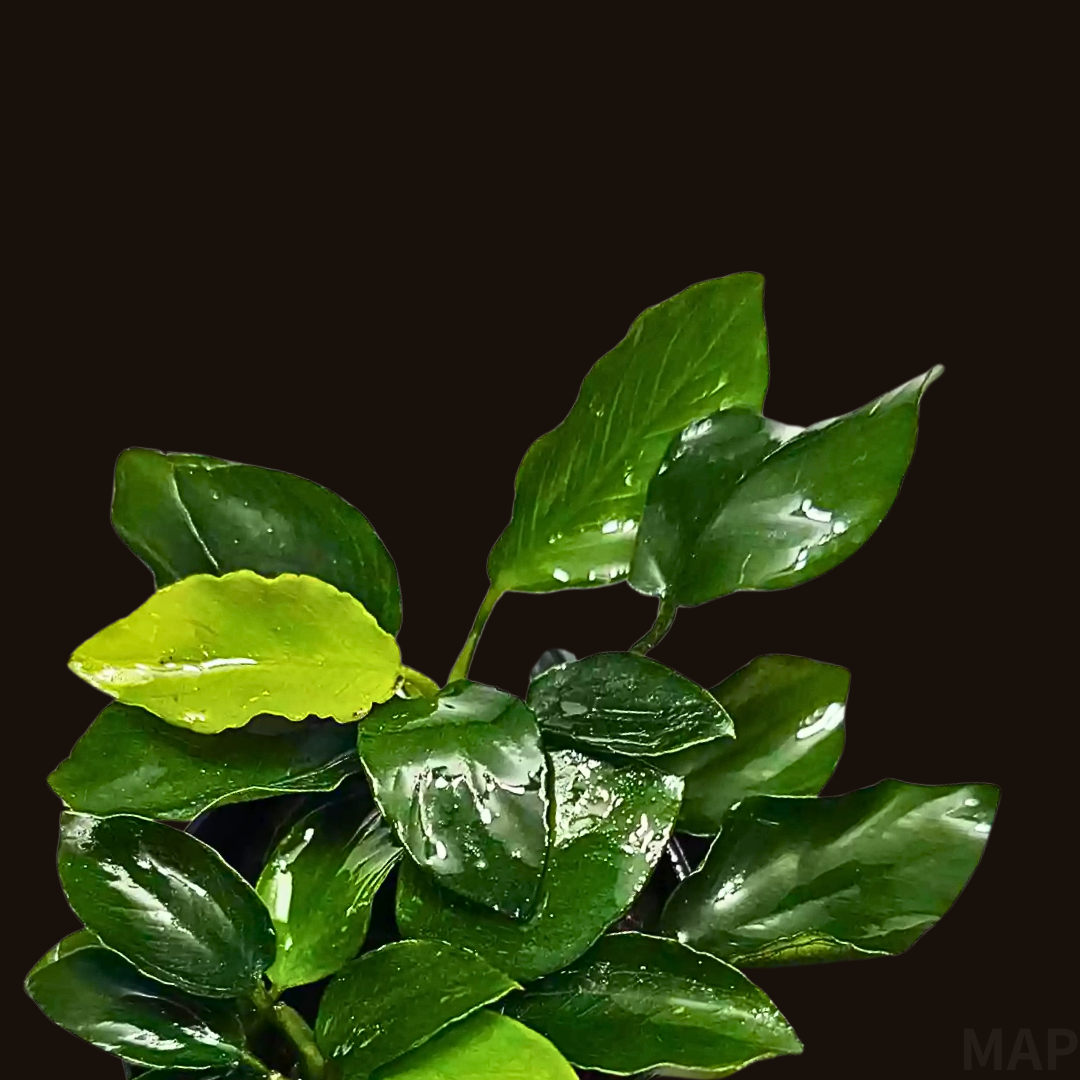






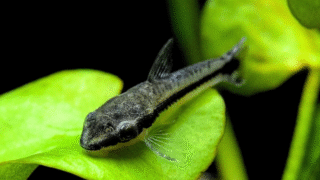
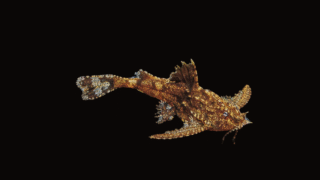
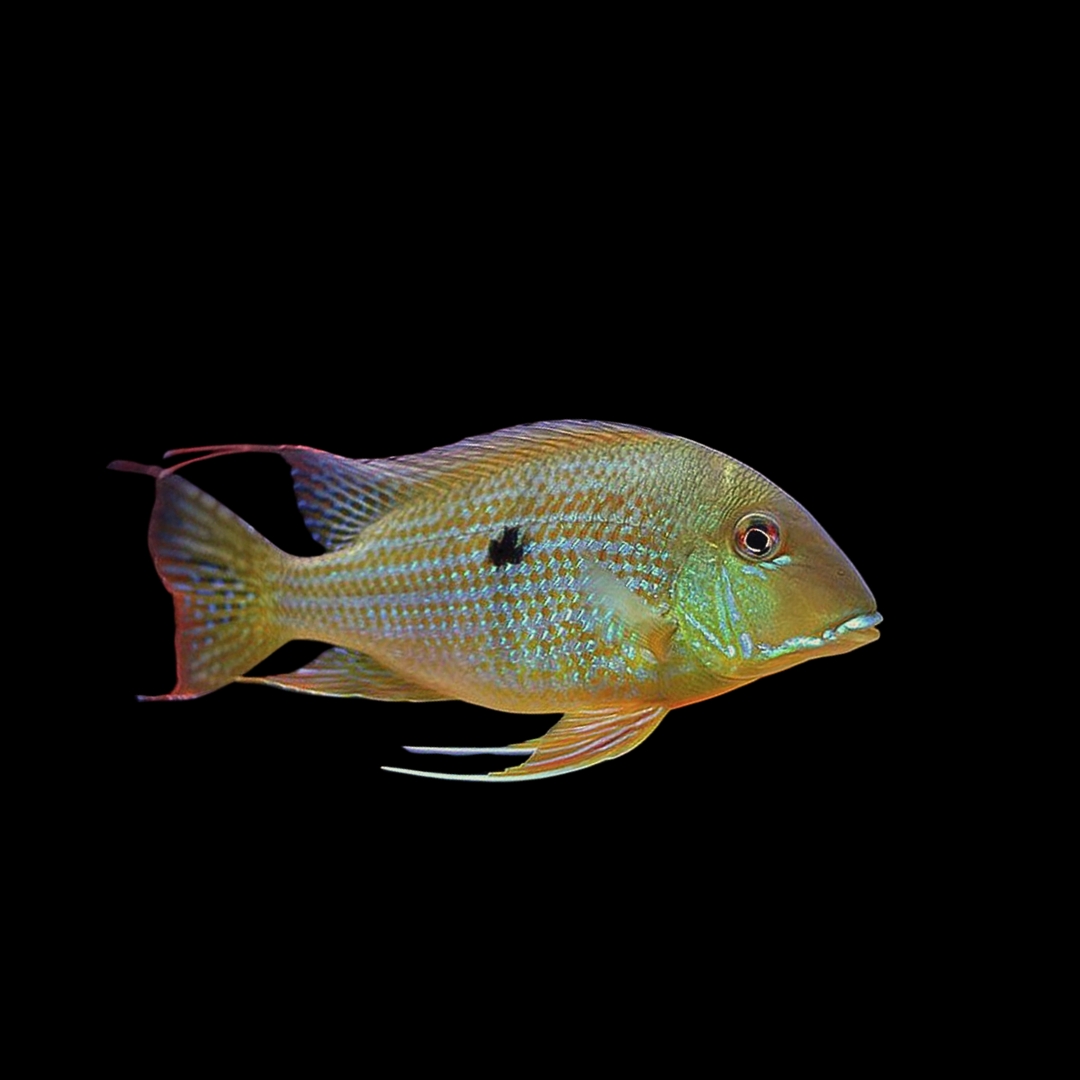
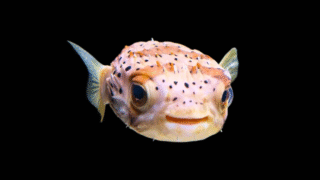
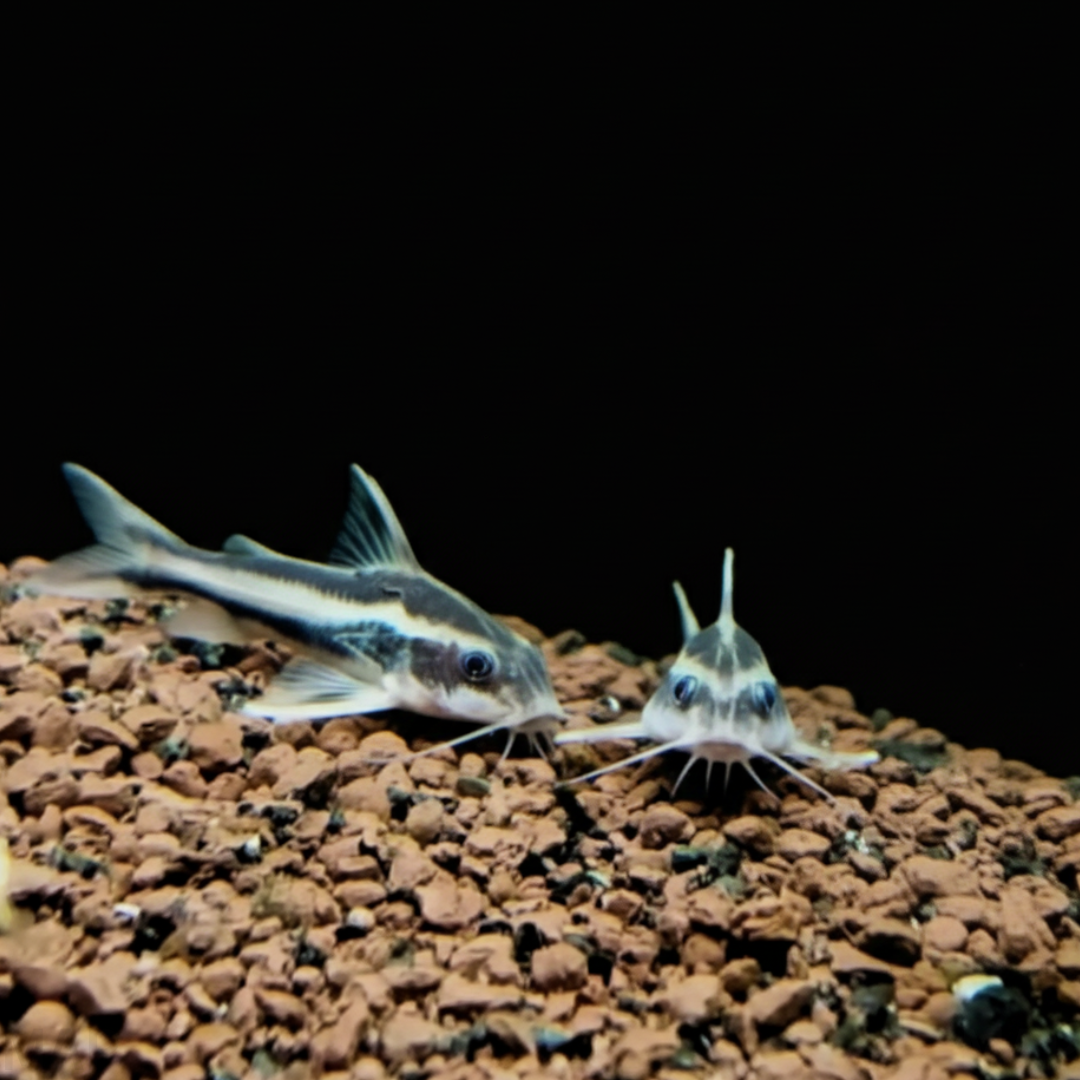
コメント